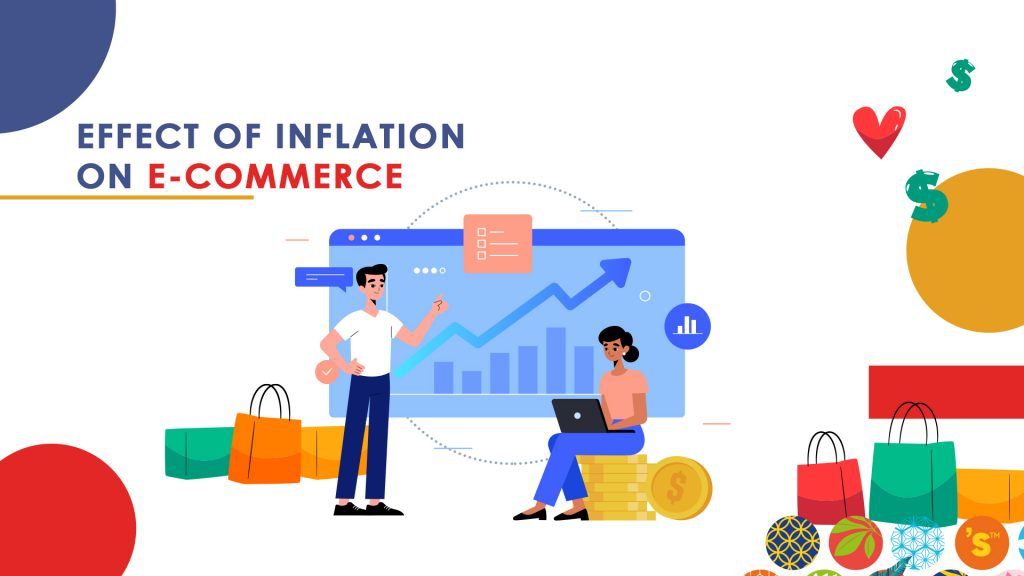

Inflation, a pervasive economic phenomenon, casts its shadow on economies worldwide. But what about effect of inflation on e-commerce realm? Is e-commerce a beneficiary or casualty of inflation? This article delves into the intricacies of inflation and its influence on the e-commerce landscape.
Inflation signifies the escalating prices of goods and services within an economy. This surge in costs impacts essentials like food, beverages, and clothing, bearing significant societal repercussions. This definition forms the bedrock for comprehending the implications of inflation on various sectors, including effect of inflation on e-commerce.
The impact of inflation reverberates through economies, driving fluctuations in production levels and demand for goods and services. E-commerce, too, experiences a ripple effect from economic changes in pricing and demand dynamics. The central question emerges: How does inflation intersect with the realm of online commerce?
Read more about: Why Most companies changed their business from retail to e-commerce?
When inflation surges, its ramifications are felt within the virtual aisles of e-commerce platforms. Especially for businesses dealing in nonessential or luxury items, the ability of consumers to afford online purchases diminishes. The shift in purchasing power challenges e-commerce businesses catering to discretionary spending.
Effect of inflation on e-commerce extends beyond tangible goods. Crucial inputs for e-commerce operations, such as electricity, internet services, digital marketing services, and computer maintenance, are also affected. Escalating operational costs, coupled with dwindling demand, can erode profit margins, pressuring e-commerce enterprises to adapt.
Interest rates exert their own influence on e-commerce fortunes amidst inflationary currents. Low interest rates inject vitality into e-commerce ventures by augmenting the availability of funds through increased lending and borrowing activities. As consumers enjoy greater disposable income, they are more likely to allocate resources to e-commerce purchases. Conversely, elevated interest rates can stifle consumer spending and heighten financing costs, compelling e-commerce businesses to navigate a challenging landscape.
Read more about: All you need to know about bounce rate.
In the symbiotic dance between inflation and e-commerce, adaptation is key. Businesses must be agile in recalibrating pricing strategies, optimizing operational efficiencies, and aligning product offerings with evolving consumer preferences. Furthermore, crafting a synergy between interest rate fluctuations and e-commerce strategies is pivotal for capitalizing on economic shifts.
Effect of inflation on e-commerce extend beyond brick-and-mortar establishments to the virtual domains of e-commerce. As costs surge and consumer purchasing power wanes, e-commerce players must strategically maneuver to maintain relevance and profitability. Navigating the complexities of inflation requires a multifaceted approach, from recalibrating pricing structures to harnessing the leverage of interest rate dynamics. Ultimately, the e-commerce landscape’s resilience in the face of inflation will hinge on its ability to adapt, innovate, and cater to the evolving needs of its consumer base.